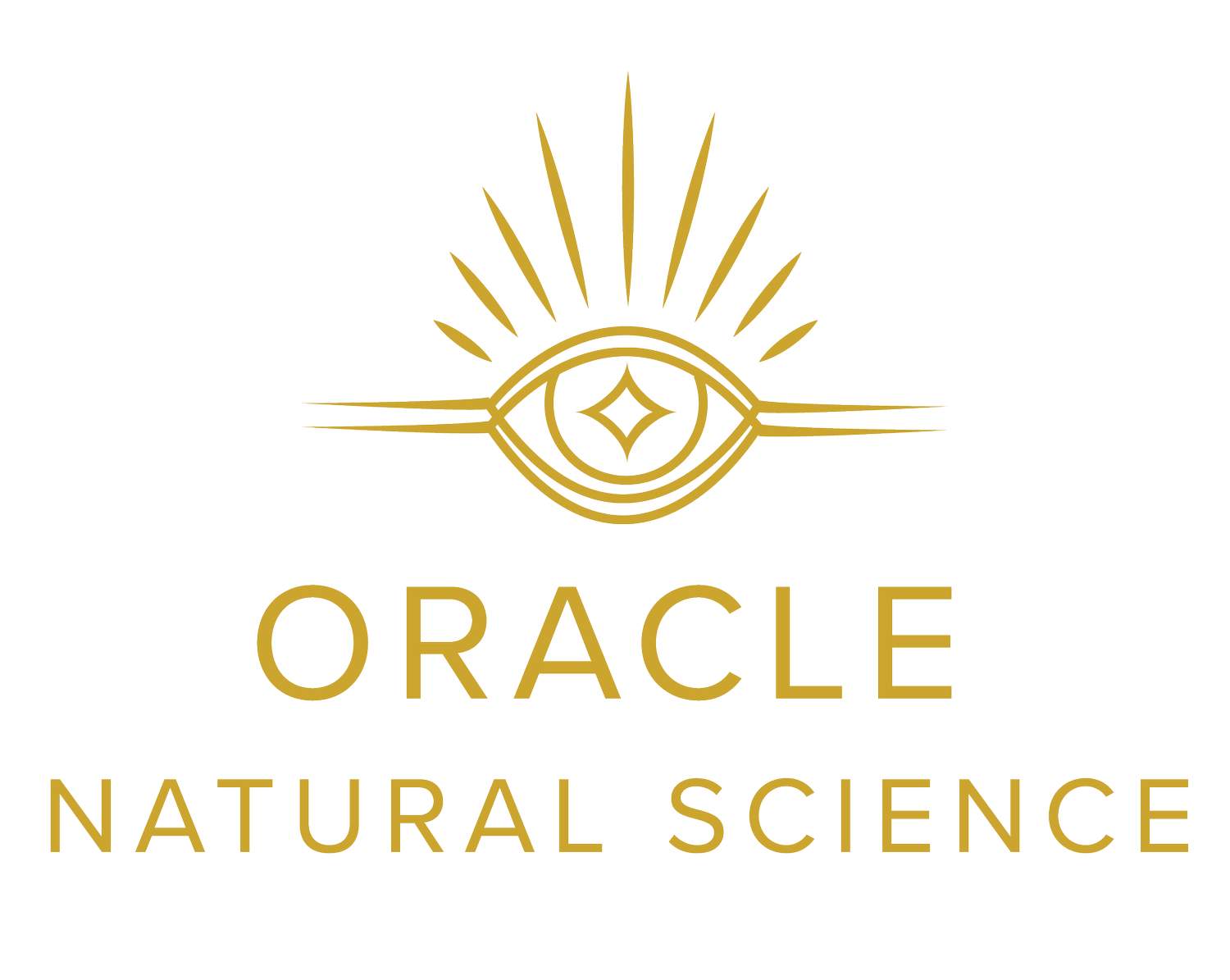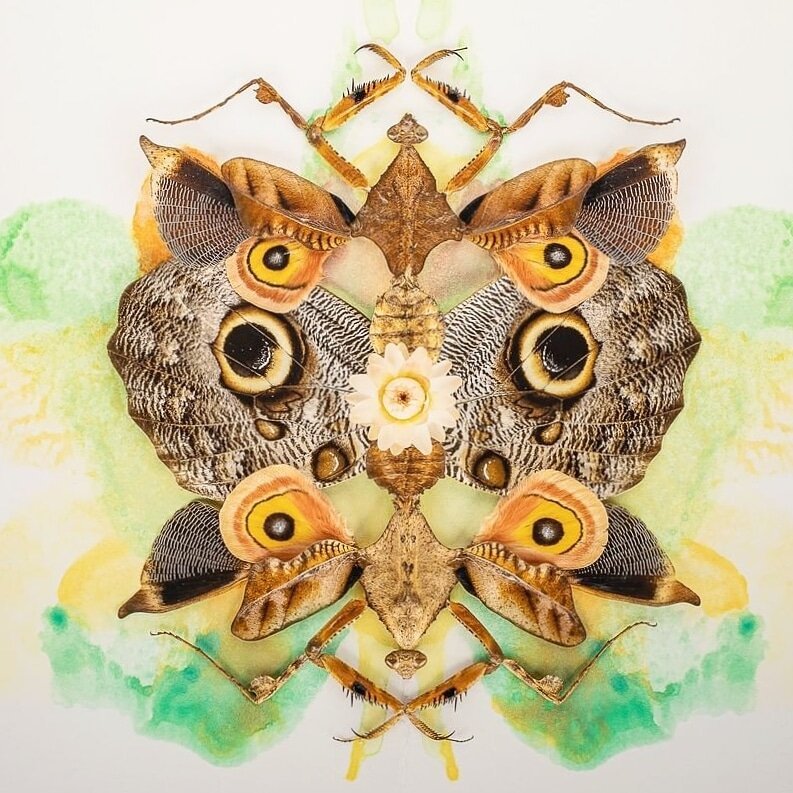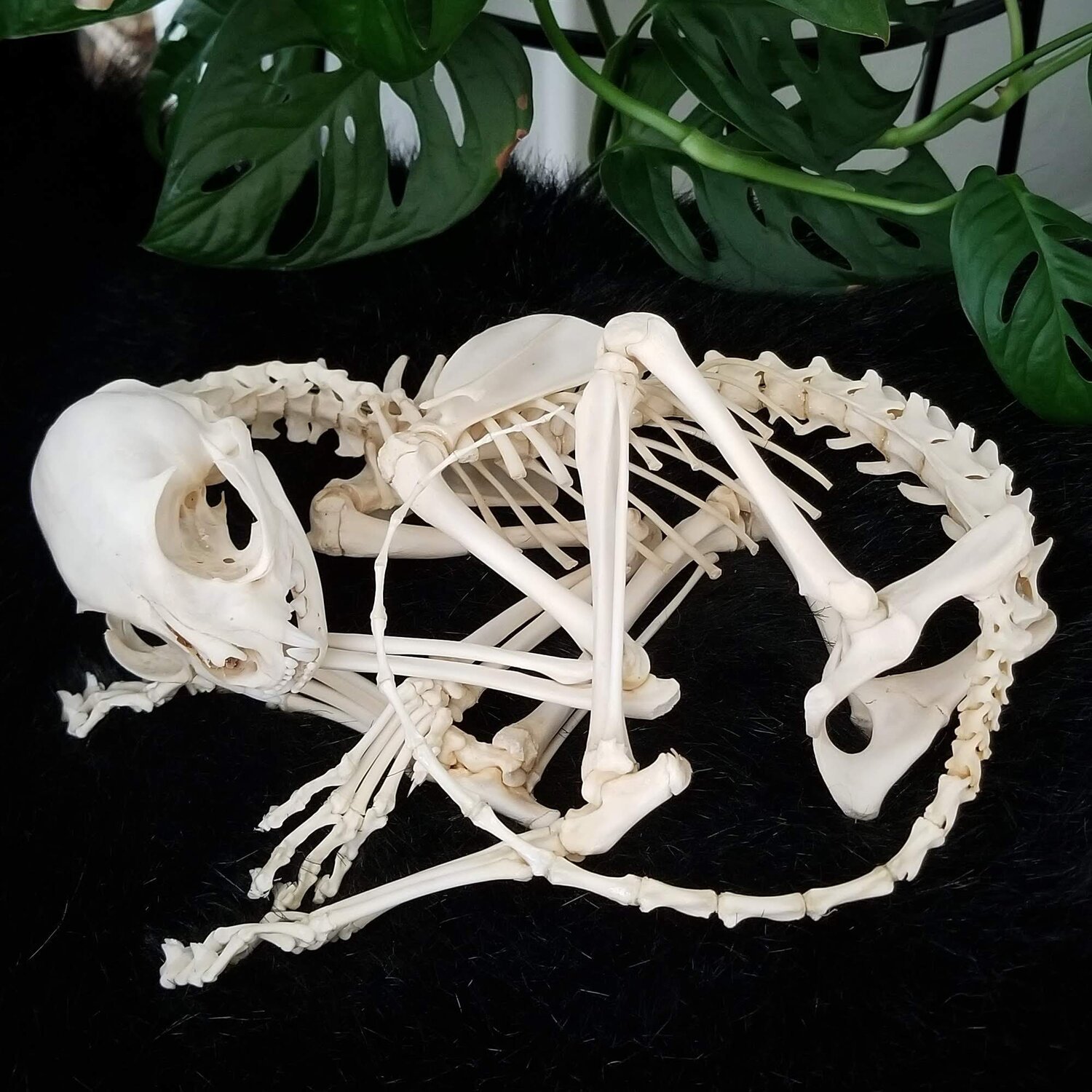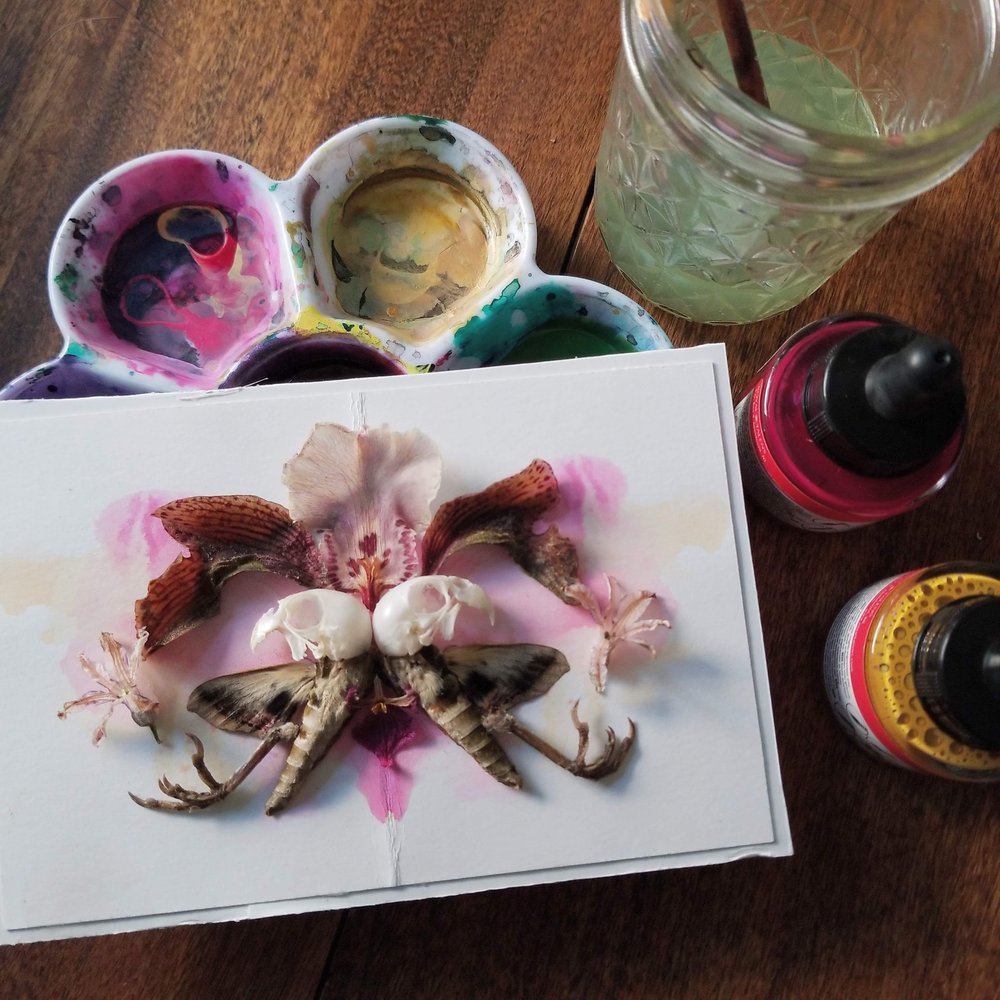Photo courtesy of Alessandra Dzuba
Welcome back, dear reader! I hope you enjoyed our first post in this series that featured taxidermist-artist Jazmine Miles- Long. It is my sincerest hope that these essays will lead to a more in-depth critical consideration with these different concepts while we examine this juggernaut of a concept. In our continuation of this conversation, I wanted to take a different approach into exploring the subjective nature of ethics in taxidermy with someone who intimately works with these concepts in both studio and business approaches. and who else would better fit the bill than my mentor and boss at Oracle Natural Science, Alessandra Dzuba.
Alessandra has made quite a name for herself over the years with her magnificently sized artworks that feature lush landscapes of vivid colors and stitched together taxidermy- and entomology-based findings. She also has been the owner of Oracle Natural Science since 2017, and is a renowned pet taxidermist, who specializes in bone articulation. “As an artist, it really matters to me where all my specimens are sourced and how they passed. I actually began my journey into the natural sciences by drawing from museum taxidermy, but avoiding using natural objects due to internal turmoil over personal ethics. I worried about ethics of sustainability and focused my work to create a conversation between humans and animals as less divided,” she says.
She elaborates that while ethics and sustainability are already so subjective amongst people, it is especially so within the taxidermy world. “Some, I’d argue many, people would even consider what I do as a pet memorialist to be unethical,” she says. “While competing in the World’s Taxidermy Championships, there is actually a stipulation of no pet taxidermy, as it would upset some people. Which I totally understand! But also, it’s funny to consider under the circumstances, that in a room full of glass eyes, those of a dog would be the most disturbing.”
Pet memorial articulation by Alessandra Dzuba
Since her studio-based business specializes in the processing and selling of animal parts, I thought the most important question for her to shed light on was what steps Oracle Natural Science takes in collecting its specimens for its bones, freeze-dried taxidermy, wet specimen, and domed beetles. If you’ve shopped here before, you know we are always more than happy to entertain this question and encourage the shopper to ask such questions.
On this note, she says, “The main focus is that none of our specimens were collected for the purpose of taxidermy; everything we use would have gone to waste otherwise, allowing us to honor the animals rather than just discarding them. Whether that be bones that were harvested for meat (where the bones would otherwise be thrown away), to the unfortunate passing of animals, to abatement programs, or population control of invasive species through the department of conservation; our purchases allow these products to have value and help small farms continue to flourish or channel revenue into other important conservation”
But when buying from a third party, keep in mind that if the seller doesn't want to tell you or there's a reservation in their answer, it's probably not a good sign. This is because in recent times there has been a surge in poaching protected and endangered species, as well as individuals not consulting their local conservation laws and the dire consequences it thus has on the environment. As far as encouraging the average shopper on how to practice sustainability-based mindfulness with the purchase of taxidermy, Alessandra stresses the importance of considering its origins and not being afraid of asking such questions before buying it. “Ultimately that is why Oracle is where it is today; because, as artists, we wanted a space where you can go to safely source specimens and we have the answer,” she says. “of how it was sourced, if it was processed correctly… And if there was a question, we would care about making it right.”
“Other ways to make sure you are mindful about sustainability and ethics is following your local conservationist. They offer many classes and can help guide you in understanding your local ecosystem. One of the most important ones to be conscious of is taking too much from your ecosystem. Always leave some behind and never forage completely. Many don’t consider that those bones are crucial to the local ecosystem. That calcium in that bone not only is beneficial to the deer population, but to the insect population to the plants and trees! Many states have laws that are there for a reason - Like in the state of Missouri, you need a permit to pick up roadkill, deer, or furbearers – these are important laws to follow when foraging.
We unfortunately have destroyed the ecosystem, and must continue having a hand in it - with of course the voices of biologists and conservationists, to help bring balance again. One of the ways in doing so is by having discussions about what is most important for conservation. And to strive to always do better.”
Photo courtesy of Alessandra Dzuba
“I’d argue that most taxidermists and hunters (using deer hunters as an example) strive to honor the animal and care about having an active role in conservation. If it weren’t for hunting seasons, our deer population would be out of control which would cause a chain reaction of other things to happen with an out of balance ecosystem; higher spread of diseases, over foraging and creating low food supplies, imbalance to food chain affecting other species, etc. You can actually see a similar documentation of this scenario through Yellowstone’s wolves and elk and why balance is so important (link here) .”
In short, taxidermy isn’t as black and white as social media makes it out to be, and it’s worth examining the complicated truths in each backstory. So, never stop ask questions, open the interpretation of what is ethics, and never stop exploring the history of death rituals/taxidermy. And lastly, through conversations such as this series, we can explore these concepts in a safe and educated fashion with one another.
x,
Elise Hanson



